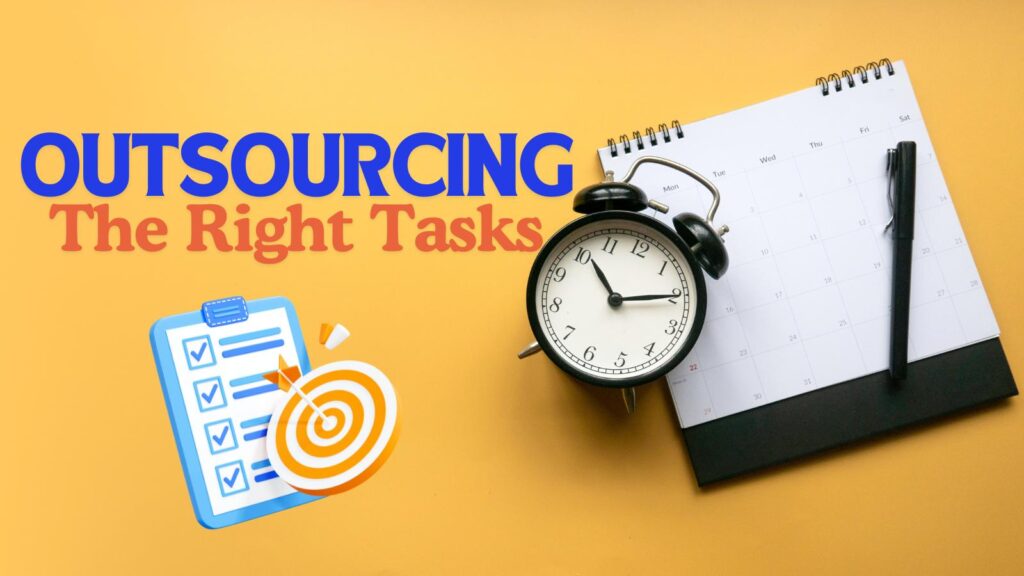Studies show that almost 50% of new businesses fail within the first five years. Cash flow management issues are among the most common causes. Getting to grips with your business finances and managing cash flow can reduce risks dramatically. In this guide, we’ll outline some essential steps to help you streamline cash flow management in your small business.
Table of Contents
What is the Management of Cash Flow?
Cash flow management means keeping track of money moving in and out of a business. It’s about making sure there’s enough cash on hand to cover expenses, pay bills, and invest in growth. If you’ve ever wondered why some businesses struggle despite having sales, it’s usually cash flow problems.
Money might be tied up in unpaid invoices or slow-moving inventory. You’ve got to stay on top of when payments are expected and make smart spending decisions.
Ever notice how some businesses thrive? They often have a grip on their cash flow, making adjustments when needed and planning for the future. So, ask yourself: Are you keeping a close eye on your cash flow, or is it time to sharpen up?
Outline Clear Payment Deadlines and Terms
Small businesses often depend on payments from clients to cover bills and expenses. If you have outstanding invoices or your clients owe you money, this may mean that you can’t keep up with repayments or pay suppliers or service providers.
Outlining clear payment deadlines and terms is an effective way to organize your finances, manage your income, and lower the risk of cash flow problems. Set deadlines, issue polite reminders when the deadline is approaching, and make it as quick and easy as possible for your customers to make payments.
A lack of clarity and confusing or complicated payment processes can cause disruptions and delays.
Using innovative, efficient invoicing tools can help you manage cash flow. Software tools can help you customize, send, and track invoices with minimal effort to maximize the chances of receiving timely payments.
Set up an Emergency Fund
Running a business may involve dodging icebergs and avoiding obstacles. Unexpected expenses can jeopardize your future if you don’t have insurance, contingency plans, or an emergency fund.

There are ways to secure money at short notice, such as same-day business funding and loans, but it’s best to dip into your savings rather than borrow. Setting money aside can help you protect against cash flow crises and act quickly if your circumstances change or you need money fast.
Monitor Your Cash Flow Management Closely
Online banking budgeting and forecasting tools have made monitoring transactions more straightforward than ever, checking account balances, and planning and analyzing spending. As a business owner, you can benefit from using technology to monitor your cash flow closely.
Check your accounts regularly and make budgeting decisions based on data, forecasting software, and tools. If you keep a close eye on your accounts, you can spot irregularities and identify potential warning signs, giving you more time to act before cash flow issues arise.
Incentivize Early and Regular Payments For Effective Cash Flow Management
One way to boost cash flow in your small business is to incentivize early and regular payments. For example, you could offer a discount for subscriptions or reduce the price slightly if customers pay early.
Another option is to offer clients the option to pay a deposit and set a deadline for the remaining fee. These models can help you secure a regular income. Flexible payment options and savings on the RRP could also help you attract more customers.
Conclusion: Better Cash Flow Management
Cash flow issues are one of the leading causes of business failure. If you run a small business, it’s critical to understand the importance of managing cash flow and reducing risks.
Focus on key steps, including outlining clear payment terms and deadlines, setting up an emergency fund, making use of technology and tools to monitor your cash flow closely, and incentivizing early and regular payments.
FAQs: Streamlining Cash Flow Management
What’s the first step in streamlining cash flow management?
Start by analyzing your current cash flow. Review financial statements to understand inflows and outflows. This baseline helps identify areas that need improvement.
How can invoicing be optimized for better cash flow?
Automate invoicing with software to ensure timely billing. Set clear terms and follow up promptly with clients who delay payments to help keep your cash flow steady.
What role does budgeting play in cash flow management?
A solid budget forecasts future cash needs. By anticipating expenses and income, you can plan for lean periods and avoid cash shortages.
How can businesses reduce expenses to improve cash flow?
Review expenses regularly and cut unnecessary costs. Negotiate with vendors for better terms and consider bulk purchasing for discounts. Even small savings can enhance cash flow.




